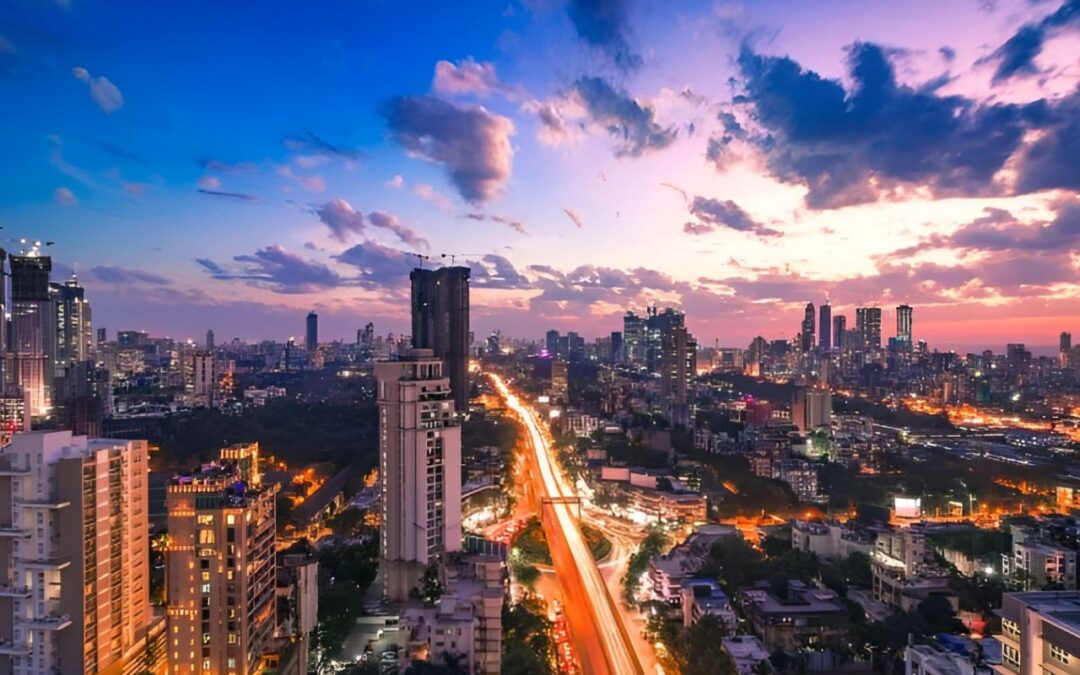Synopsis-This article highlights the ten richest states in India in 2025. It shows their total GSDP, what people earn on average, and the main industries. It also talks about how technology, manufacturing, agriculture, roads, and business policies help these states grow and contribute to India’s overall economy.
India has become the world’s fifth-largest economy, powered by the growth of its most dynamic states. Measuring economic output through Gross State Domestic Product (GSDP) reveals which states lead in wealth creation. This article examines the top 10 richest states, highlighting both their total economic size and citizen prosperity.
Understanding Economic Richness in States
The state’s economic performance is influenced by multiple factors:
- Total GSDP: Indicates the size and output of the state’s economy.
- Per Capita Income: Reflects the standard of living for the average resident.
- Industrial Performance: Shows how manufacturing and production industries contribute to that growth.
- Service Sector Performance: Highlights the role of IT, finance, and other service industries.
- Exports: Demonstrates the state’s engagement in domestic and international trade.
Additionally, agriculture, infrastructure, innovation, and trade policies play a crucial role in shaping economic prosperity and supporting India’s overall development.
Criteria for Ranking States
- GSDP Numbers: Indicates the state’s total economic output.
- Per Capita Income: Reflects the average income of the residents (i.e., what constitutes individuals’ wealth).
- Sectors: Measures the contribution of the agriculture, industry, and services sectors.
- Growth Rates: Captures the rate of economic growth annually across sectors.
- Investment Climate: Highlights the relative ease of doing business and confidence among investors.
- Infrastructure: Assesses the extent of physical and digital infrastructure.
Top 10 Richest States in India in 2025
1. Maharashtra
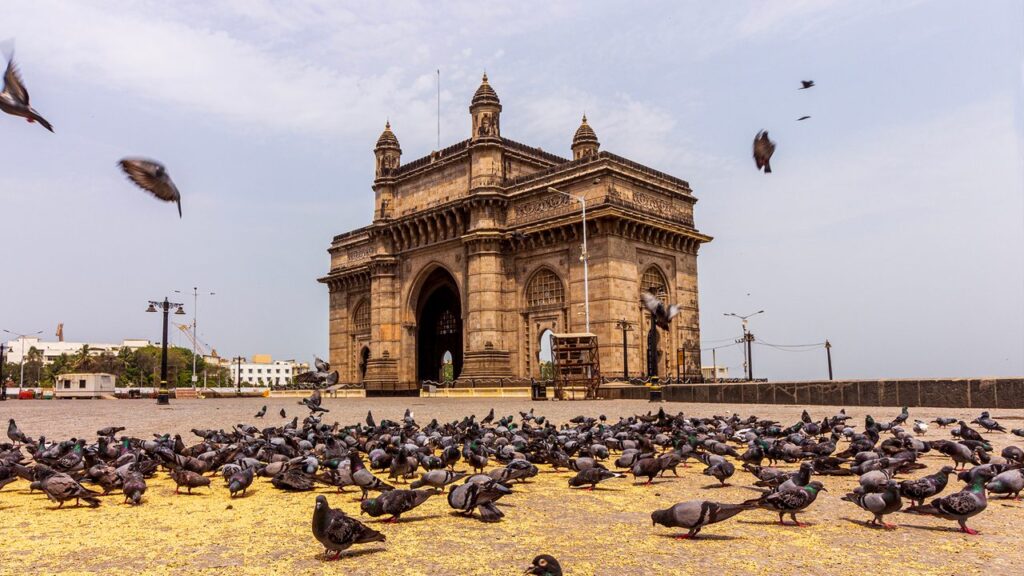
- GSDP: ₹45.31 lakh crore, leading India’s economy.
- Key Sectors: Finance (Mumbai), IT, manufacturing, and entertainment.
- Economic Significance: Mumbai, as the financial capital, attracts investment and supports diverse industries, making Maharashtra the nation’s economic engine.
2. Tamil Nadu
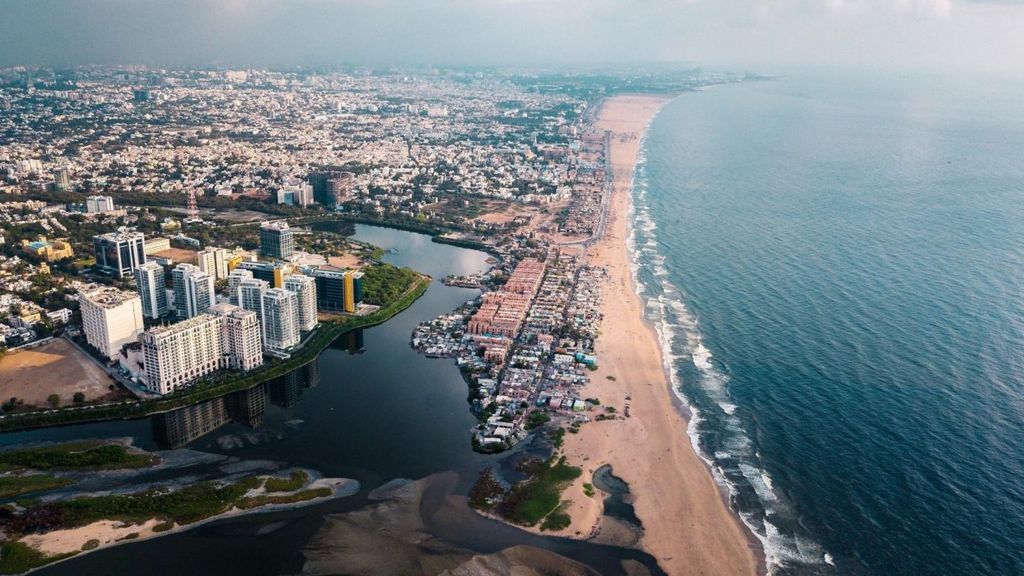
- GSDP: ₹31.55 lakh crore.
- Key Sectors: Automotive, textiles, IT, and export-oriented industries.
- Economic Significance: Chennai serves as a major industrial and IT hub, driving consistent growth and contributing substantially to national manufacturing and service outputs.
3. Karnataka

- GSDP: ₹28.09 lakh crore.
- Key Sectors: IT, biotechnology, electronics, and startups.
- Economic Significance: Bengaluru, known as India’s “Silicon Valley,” fuels technological innovation and attracts global talent and investments, strengthening the state’s economic expansion.
4. Gujarat
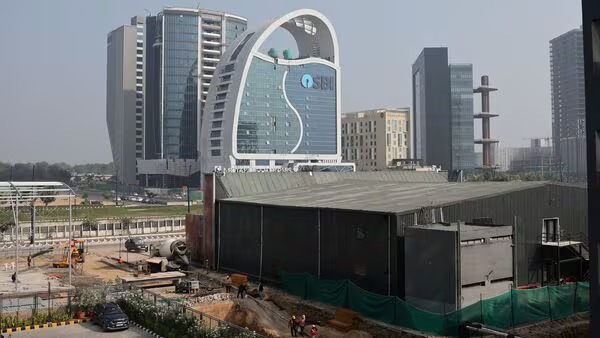
- GSDP: ₹27.90 lakh crore.
- Key Sectors: Manufacturing, petrochemicals, textiles, and diamond exports.
- Economic Significance: Investor-friendly policies, strong port infrastructure, and industrial diversification bolster Gujarat’s export-oriented economy and overall economic stature.
5. Uttar Pradesh
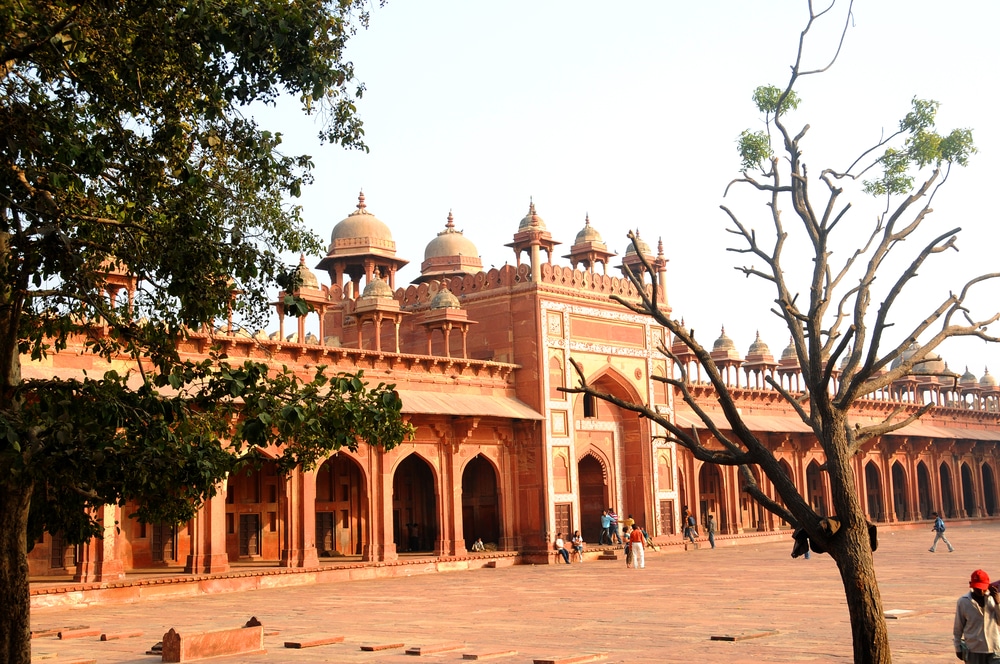
- GSDP: ₹24.99 lakh crore.
- Key Sectors: Agriculture, emerging industries, and infrastructure development.
- Economic Significance: The state’s large population, agricultural base, and growing industrial corridors contribute significantly to India’s economic output and future growth potential.
Also read: Top 10 Indian States with the Fastest Urbanization Growth in 2025
6. West Bengal

- GSDP: ₹18.80 lakh crore.
- Key Sectors: Agriculture, manufacturing, services, and IT hubs.
- Economic Significance: Strategic eastern location and a diverse industrial base enhance trade and economic stability, supporting the region’s sustained development.
7. Rajasthan

- GSDP: ₹17.80 lakh crore.
- Key Sectors: Tourism, mining, and industrial development.
- Economic Significance: Rich cultural heritage attracts tourism revenue, while policy reforms and industrial growth increase per capita income and investment opportunities.
8. Telangana
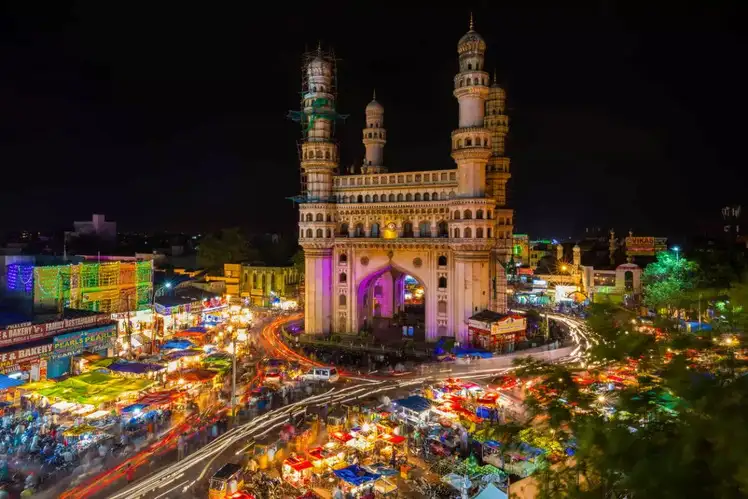
- GSDP: ₹16.50 lakh crore.
- Key Sectors: IT, pharmaceuticals, and startups.
- Economic Significance: Hyderabad serves as a major IT and pharma hub, promoting innovation, technology exports, and a vibrant startup ecosystem that strengthens the state economy.
9. Andhra Pradesh
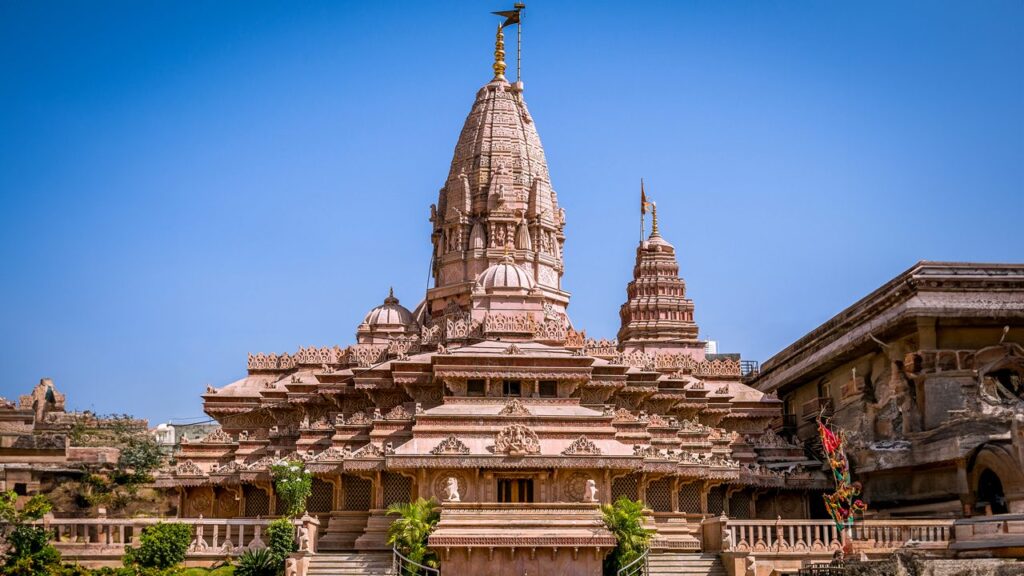
- GSDP: ₹14.40 lakh crore.
- Key Sectors: Agriculture, industrial growth, and port-led infrastructure.
- Economic Significance: Strategic infrastructure development and emerging industrial sectors enhance the state’s economic prospects and contribute to regional trade.
10. Madhya Pradesh
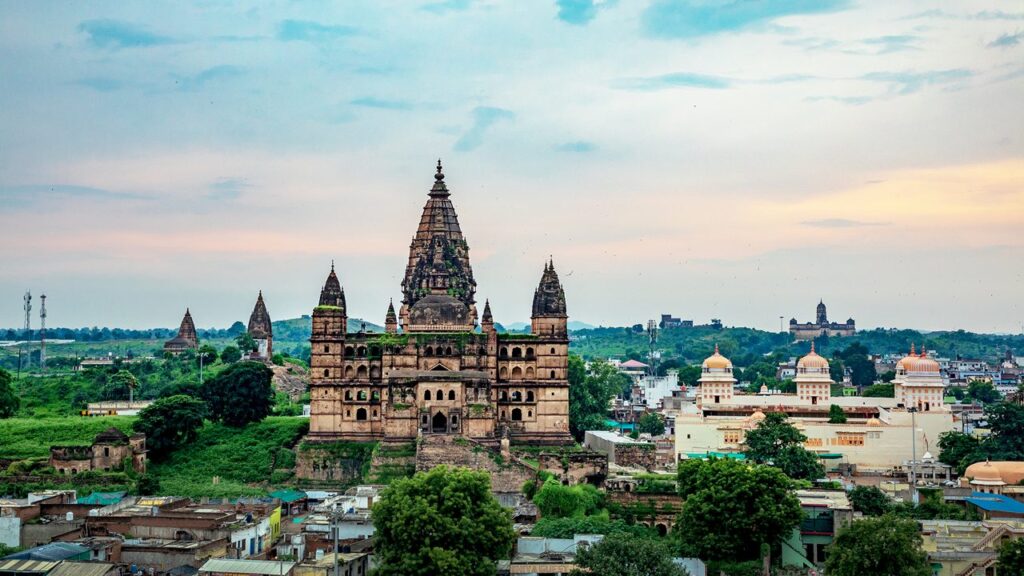
- GSDP: ₹13.80 lakh crore.
- Key Sectors: Manufacturing, mining, agriculture, and renewable energy.
- Economic Significance: Central location, natural resources, and growing industrial and renewable sectors support trade, commerce, and sustainable economic expansion.
Economic Highlights and Regional Trends
Maharashtra retains its leadership in GSDP, reflecting a well-diversified and mature economy. Southern states—Tamil Nadu, Karnataka, and Telangana—are witnessing rapid growth driven by industrialisation, IT, and technology-based sectors. Northern states like Uttar Pradesh and Rajasthan leverage their large populations and agricultural strengths to expand economic output. The balance between traditional industries and modern technology is pivotal in generating wealth. Regional policies, infrastructure development, and favourable investment climates further enhance economic performance and shape each state’s prosperity.
Beyond GSDP: Per Capita Income & Standard of Living
GSDP shows the size of a state’s economy. But it doesn’t tell us how rich the people are. Per capita income looks at what the average person earns. States like Goa, Sikkim, Delhi, and Telangana often rank high here. Their economies are strong, and their populations are small. People can live better when they earn more. Money is shared more fairly, and life in these states tends to improve.
Future Growth Prospects
Some states are set to grow a lot in the coming years. Uttar Pradesh, Telangana, and Karnataka have the chance to reach very large economies. This will need more investment, better roads, and more industries. Technology and new ideas will help too. States that make it easier to do business and support trade will benefit most. If these things happen, the states will get richer, and India’s economy will be stronger in the world.
Conclusion
India’s richest states show a mix of economic power and individual prosperity. GSDP highlights overall size, while per-person income shows living standards. Strategic policies, infrastructure, and innovation are essential. These factors together will help states maintain growth and continue supporting India’s position in the global economy in 2025.
Written by N G Sai Rohith

